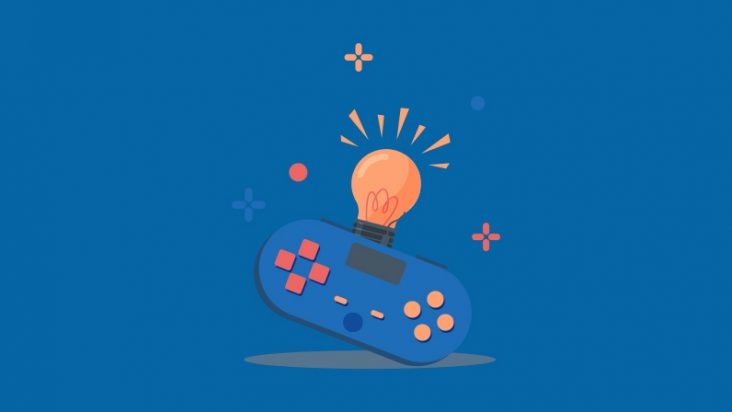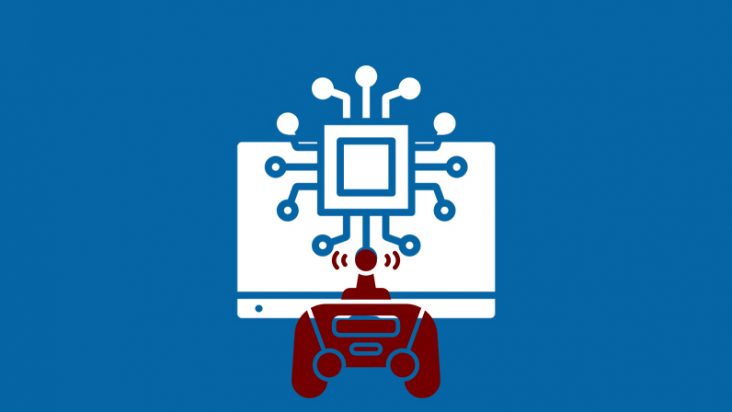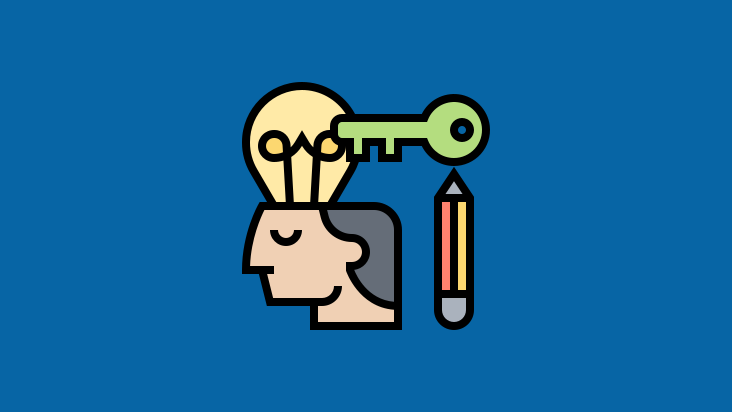
Ever since the Atari 2600, there has been a question of protecting content from illegal copying, when game publishers tried their best to protect the product from artisanal replication.
In subsequent years, regional restrictions were introduced, special security chips were installed in devices, data was encrypted via StarForce, and so on.
In this article, we will understand how the DRM system works, how it works in games, and what it can do!
What is DRM, and how does it work?
Let’s start with a definition. DRM (abbreviation for Digital Right Management) is a set of technologies that component manufacturers use, publishers, copyright owners, and individuals to control digital content after it is sold.

In 1998, the United States passed the Digital Millennium Copyright Act. Those who developed tools to bypass DRM protection were prosecuted. Of course, some supported this law. Naturally, some opposed it. The former agreed that the DRM-protection system would prevent illegal copying of intellectual property. The second responded by saying there is no benefit from DRM because there will always be those who will break the protection of any digital goods, often on the day or even before the release.
In addition, digital goods could become inaccessible if the protection algorithm changed or the service to which its DRM protection was tied was no longer supported. Although the primary purpose of DRM is to prevent the illegal copying of content, the legal rights of users who have purchased the content have been restricted and violated. For example, customers could not back up a DRM-protected disc.
How does DRM work in games?
There are several technologies for DRM protection in games. Let’s consider each of them separately.

A limited number of installations
Sometimes in games, you can find such protection technology in which the game can be installed by the user only a certain number of times. In most games, the install limit is 3 or 5, although there are situations when, after deleting the game, the counter of available installations increases.
Indeed some gamers have three, five, or more computers at home. And they have the right to spend time in the game with each of them.
But let’s look at a more realistic example: imagine that you decide to upgrade to a new operating system or reinstall it. Imagine that you want to upgrade, and update the configuration of your PC.
In this case, you will have to install the game again, and the counter of the allowed number of installations will decrease. Note that each installation is accompanied by authentication on the publisher’s website.
A permanent online connection
Everything is clear from the name here: you must constantly be online to enjoy the game. However, there are some unusual cases.
For example, in the first games on the Uplay system, pirates and users who bought the games only had access to the initial levels. Further, the former ended the game, while the latter had to be constantly online, as Uplay was constantly downloading content. It did not end in anything good – even such protection was broken, and later for DDoS or Ubisoft servers, for which the latter had to apologize to gamers.
Another example is a permanent server connection to access the game logic. Blizzard used this method with Diablo III and EA with SimCity. This approach did not bring anything good for both companies.
As a result, the former refuses DRM, and the latter is still sorting out problems and looking for an opportunity to remove DRM protection from the game, which, frankly, looks unrealistic since it was developed from the beginning with an emphasis on this.
We can’t help but recall the words of Gil Ramberg, Managing Director of GOG.com:
“Besides, DRM can sometimes break the game. Now some games require a constant connection to the Internet. It is not only an inconvenience for people with poor Internet connections. It shortens the “life” of games.”
Game interference

The rarest DRM technology in games. Two such interventions have been recorded. Bohemia Interactive in Operation Flashpoint reduced weapon accuracy for players who obtained the game illegally. A Croteam in Serious Sam 3 introduced a monster that was impossible to kill.
Conclusion
In this article, the DRM system was disassembled and how it works in games. The following article will analyze the DRM-free system and what it is the use of it. If you are interested in how DRM works, you can get acquainted with the types of anti-cheats, how they are written and what anti-cheats are relevant in games!







